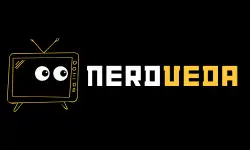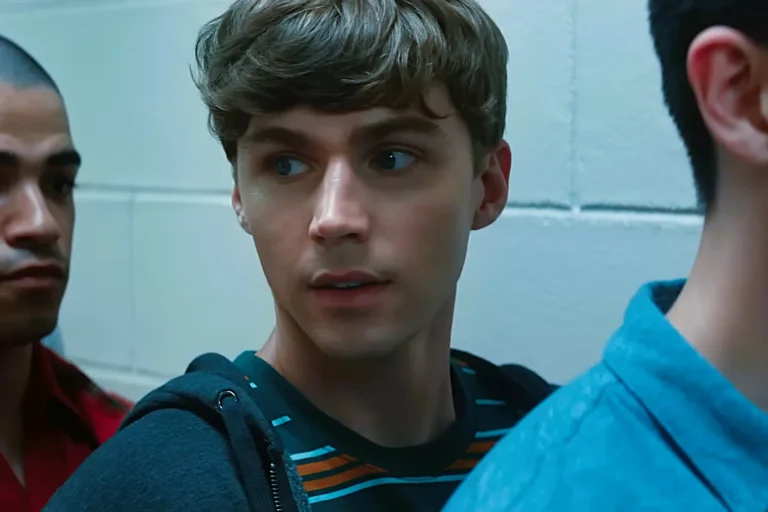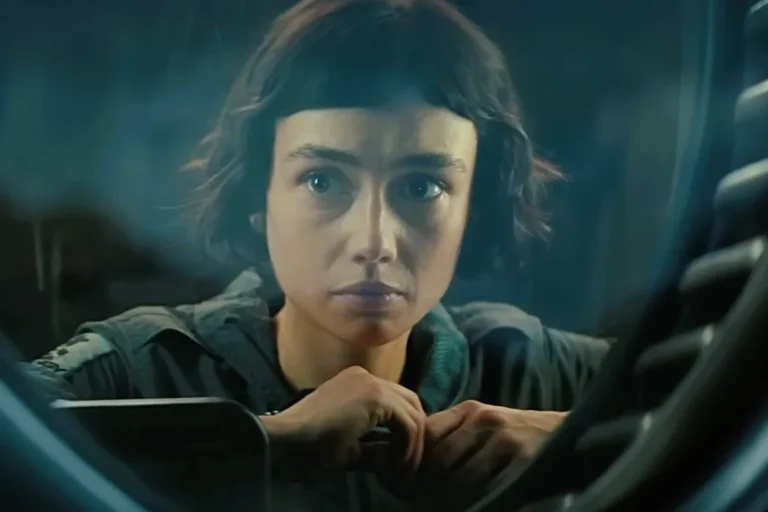Summary:
- Quicksilver’s speed in the MCU is portrayed as slower compared to his comic book counterpart and other cinematic adaptations.
- Key limitations include physical constraints, constant activation of his powers, and comparisons with faster characters like Makkari.
- Differences in portrayal highlight contrasting narrative priorities between the Avengers and X-Men franchises.
Quicksilver’s Speed in the MCU
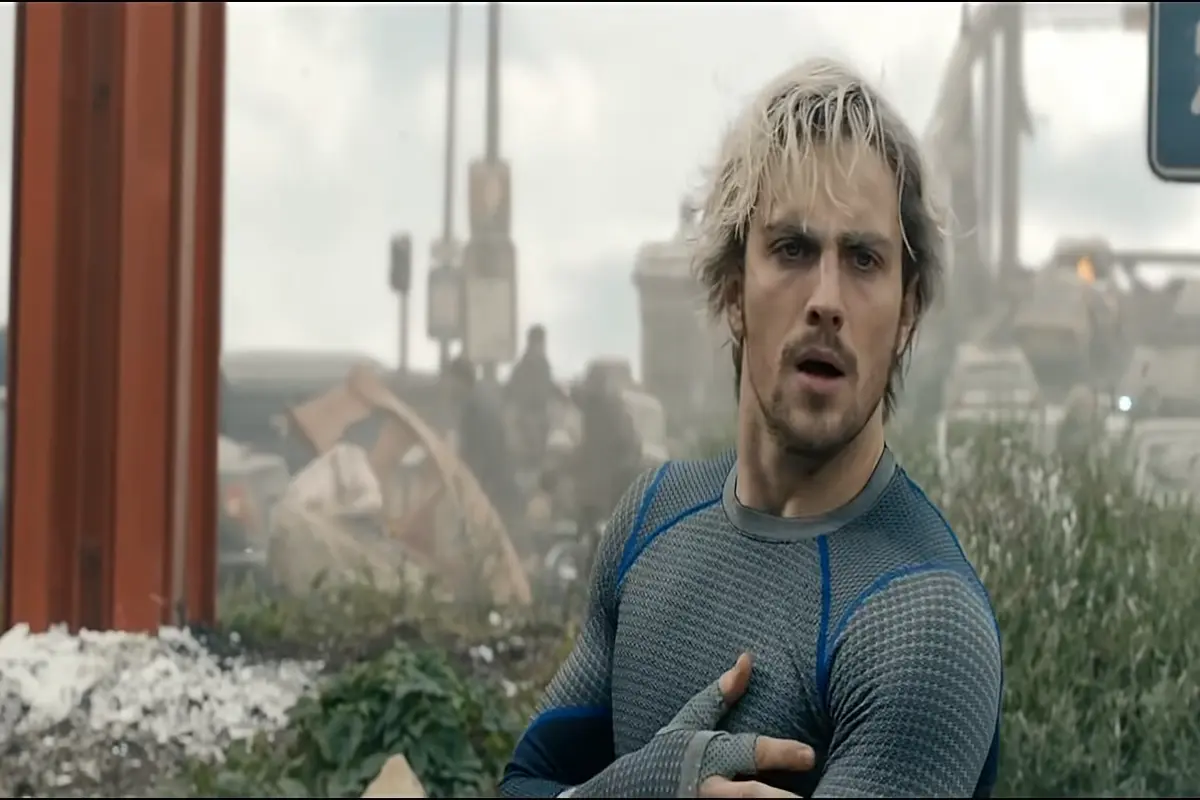
Comparison with Other Characters
In the MCU, Quicksilver’s speed is significant but falls short when compared to some other heroes. For example, Captain Marvel has demonstrated the ability to outrun him under specific conditions, showcasing her cosmic energy-fueled speed as superior over short distances. This has led to a perception that Quicksilver’s speed is more limited than fans might expect.
Limitations of His Powers
- Physical Constraints: Quicksilver’s abilities come with notable drawbacks. Moving at extremely high speeds risks physical injury or worse—being displaced from reality if he pushes beyond his limits. Unlike other speedsters like The Flash, Quicksilver cannot manipulate the laws of physics, which restricts the versatility of his powers.
- Constant Activation: His speed is perpetually “on,” meaning he perceives the world in slow motion. While this grants him incredible reaction times, it also makes day-to-day life frustrating as he’s constantly waiting for others to catch up with his thoughts and actions. This unique aspect of his character adds depth but also highlights his limitations.
Depiction in Key Scenes
Quicksilver’s portrayal in Avengers: Age of Ultron received criticism for its inconsistency. One of the most debated moments is his death scene, where he is fatally shot despite his superhuman speed. Fans argue that a character with his abilities should have easily avoided the bullets, raising questions about whether his speed was deliberately underplayed for narrative purposes.
Introduction of Makkari
The arrival of Makkari in Eternals further emphasizes Quicksilver’s perceived limitations. Makkari’s cosmic energy allows her to achieve greater speeds with superior precision and control, making Quicksilver’s powers seem more restricted by comparison.
READ MORE: Joe Locke is Wiccan: What This Means for the MCU
What Are the Limitations of Quicksilver’s Speed in the MCU?

Physical Constraints
Quicksilver’s speed is tied to his physical form, unlike characters who draw from external sources like the Speed Force. While he can reach astonishing speeds (reportedly exceeding Mach 10), this comes with significant risks:
- Self-Injury: Pushing beyond his limits can cause severe physical harm.
- Reality Displacement: Moving too fast risks tearing the fabric of reality, a concept explored in some comic storylines.
Cognitive Challenges
- Short-Term Memory Retention: Quicksilver’s heightened speed extends to his cognitive processes, enabling him to absorb information rapidly. However, this comes with drawbacks. He often forgets information within hours, complicating his ability to retain knowledge over time. For instance, while he can read a book in seconds, the content might fade from his memory soon after.
- Mental Fatigue: Constantly perceiving the world in slow motion can be mentally exhausting, contributing to impatience and irritability in his personality.
Relative Speed to Other Heroes
While Quicksilver is a notable speedster, other MCU characters have showcased superior speed under certain circumstances. Beyond Captain Marvel, characters like Thor and Iron Man have demonstrated moments of extreme velocity through their respective powers and technology, further downplaying Quicksilver’s unique role as a speedster.
Environmental Impact
Quicksilver’s movements generate immense wind pressure, often affecting his surroundings. However, the depiction of this effect is inconsistent, varying between overwhelming force and negligible impact. This lack of consistency leaves room for debate about his true potential.
READ MORE: Bucky Barnes’ MCU Evolution: A Journey of Redemption
Why Is Quicksilver’s Speed Always “On” in the Comics?

Innate Superhuman Abilities
Quicksilver’s speed is an intrinsic part of his mutant physiology, making it a constant presence in his life. Unlike other speedsters who activate their powers selectively, Pietro’s abilities are always active, shaping his interactions with the world around him. This perpetual state of heightened speed affects both his physical and mental processes.
Constant Activation and Its Implications
Living in a world that feels perpetually slow can be both a blessing and a curse. While Quicksilver’s speed grants him unmatched reflexes and agility, it also isolates him socially and emotionally. He often struggles to connect with others, as their pace of life feels unbearably sluggish to him.
Recent Developments in Comics
Recent storylines in Marvel Comics, such as Scarlet Witch #4, have pushed Quicksilver’s speed beyond previous limits. In one instance, he achieves unprecedented velocities while battling a cosmic entity, showcasing that his powers can evolve under extreme conditions. However, these feats come at great personal cost, reinforcing the physical and emotional toll of his abilities.
Comparison with Other Speedsters
Characters like The Flash derive their speed from external sources, such as the Speed Force, enabling them to manipulate time and physics with greater flexibility. In contrast, Quicksilver’s powers are rooted in his biology, making them less versatile but more deeply integrated into his identity.
READ MORE: Marvel’s Next Phase: New Heroes, Avengers, and Expanding the MCU
How Quicksilver’s Portrayal Differs in the Avengers and X-Men Franchises
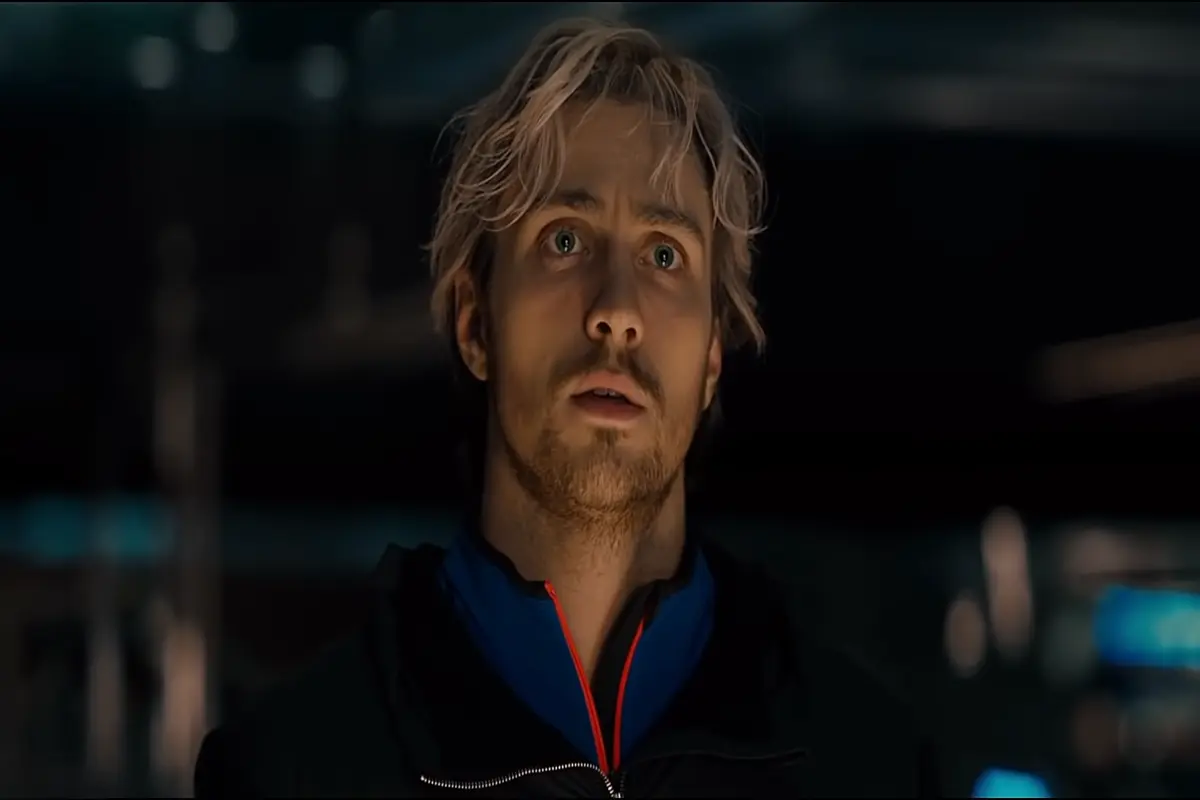
Quicksilver in the X-Men Universe
In X-Men: Days of Future Past, Evan Peters’ portrayal of Quicksilver offers a stark contrast to Aaron Taylor-Johnson’s version in the MCU. Peters’ Quicksilver, introduced as “Peter,” is a playful and carefree character whose powers are showcased in visually stunning ways. The iconic “Time in a Bottle” scene, where he moves effortlessly through a room of frozen adversaries, remains a cinematic highlight.
Quicksilver in the MCU
In Avengers: Age of Ultron, Quicksilver’s role is more grounded in narrative. His backstory as a HYDRA experiment and his motivations for vengeance against Tony Stark are explored in depth. However, his speed is less visually dynamic, and his character arc feels constrained within the ensemble nature of the Avengers.
Key Differences
- Visual Aesthetics: The X-Men films emphasize the visual spectacle of superpowers, giving Quicksilver moments to shine as a dynamic and entertaining character. In contrast, the Avengers films prioritize narrative cohesion over visual flair, resulting in a more subdued depiction of his abilities.
- Characterization: The X-Men version of Quicksilver is defined by his superpowers, while the MCU version focuses more on his relationships and personal struggles.
Source: Entertainment Weekly
Stay updated with the Latest News and Stories, follow us on our social media platforms.
You can follow us on:
Stay Connected!! Join our Whatsapp Channel
